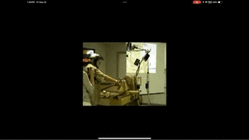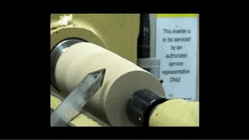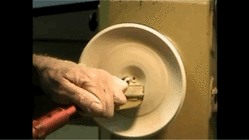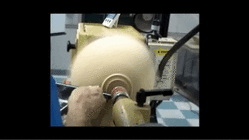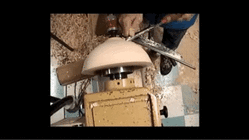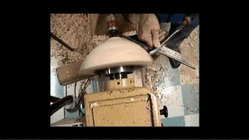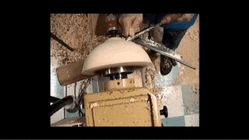A post about aaw membership got me wondering about this.
In the main database that is talked about on the aaw site are there videos that would teach a person or show a person some basic repetitive exercises to work on the basic tool control? Kind of like having a workbook when you were in grade school to work on basic stuff repeatedly to attain "muscle memory" and make better cuts with the tools.
In the main database that is talked about on the aaw site are there videos that would teach a person or show a person some basic repetitive exercises to work on the basic tool control? Kind of like having a workbook when you were in grade school to work on basic stuff repeatedly to attain "muscle memory" and make better cuts with the tools.

